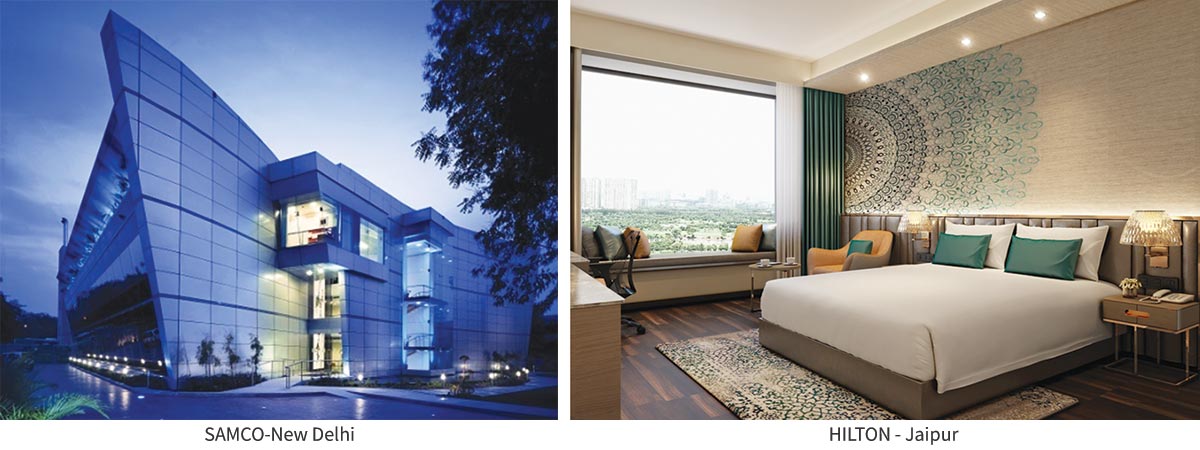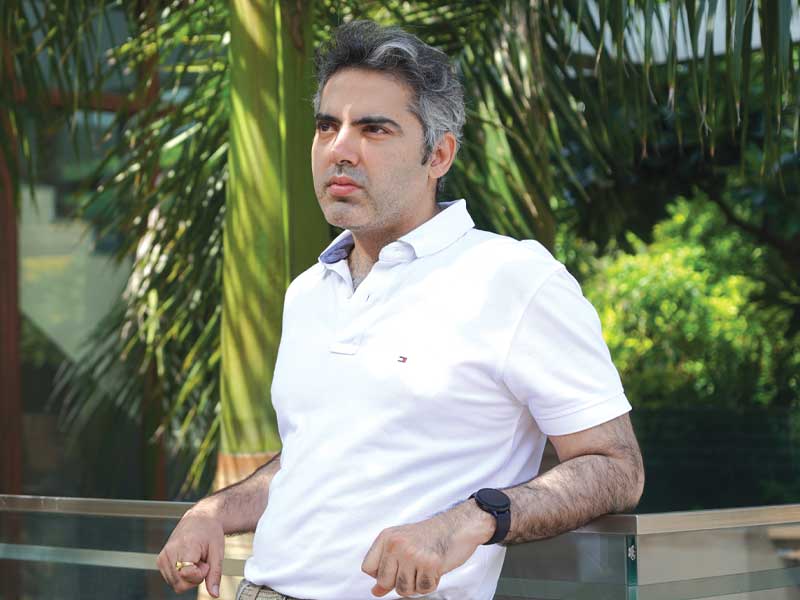The need to build high density and high rise developments in an attempt to integrate with the Global Market, has created a typology that is unique to most developing economies. It is this 'new kitch' architecture that now defines our cities
The only way to regulate this is if:
- The pressure for urbanization is controlled by way of incentivized development of tier 3&4 towns. Economic prosperity needs to be delinked from urban migration.
- More than 50% of Delhi is urban villages and unauthorized colonies. People here build at will with no fear of law or consideration to life safety. This is a direct result of lack of vision for the city. Continuous urban migration creates demands which are not catered for in our master plan leading to haphazard, chaotic and mostly in-human built / living environments.
- There is a complete lack of architectural or massing controls for cities. Our cities are only viewed in two dimensions by the planners, leading to incoherent urban forms.

Bhutan – a small country has managed to impose strict controls on height and façade in an attempt to retain the spirit of its traditional architecture. Most European cities also enforce controls in sensitive or heritage areas of the city. A comprehensive 3-dimensional model of the city needs to be developed before deciding on the density and FAR of precincts.
Closer to home, we have the example of Corbusier’s Chandigarh or Lutyens New Delhi. Strict controls have somewhat managed to save most of these precincts. However, there is no plan for its revitalization within the spirit of its architecture. Strict controls also may lead to stagnation of cities, which needs to be continuously evaluated.










